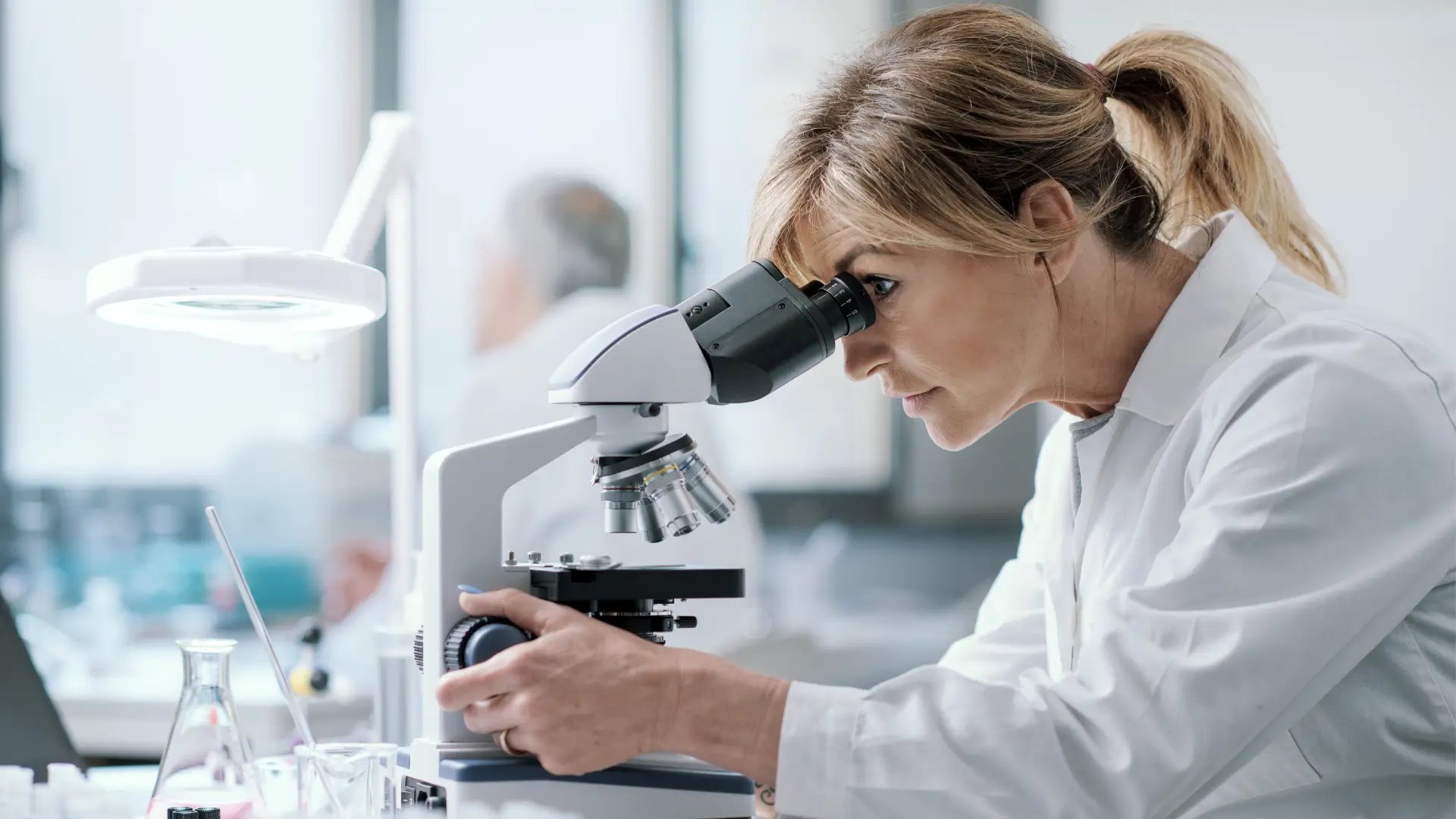
- 2 Comments
- PRMA Plastic Surgery
For many women navigating a breast cancer diagnosis, the path to healing includes deeply personal decisions—especially when it comes to breast reconstruction. One increasingly important step in that journey is genetic testing.
Genetic testing doesn’t just inform your cancer risk—it can also guide conversations around timing, surgical technique, and whether a DIEP flap reconstruction is the best option for your unique case. For some, results may influence the decision to remove both breasts proactively. For others, it can confirm that natural tissue reconstruction, like the High Def DIEP® , is a strong, safe choice for lasting results.
Who Should Get Genetic Testing for Breast Cancer?
Genetic testing is a simple but powerful tool that looks for inherited changes (mutations) in your DNA that may increase your risk of developing breast cancer. The most commonly tested genes—BRCA1 and BRCA2—are closely linked to hereditary breast and ovarian cancer.
For patients planning DIEP Flap breast reconstruction, this information can offer critical clarity, especially when deciding between single or bilateral mastectomy, immediate or delayed reconstruction, and implant vs. natural tissue options.
Genetic testing is especially important for patients who:
- Have a personal or family history of breast, ovarian, or pancreatic cancer
- Were diagnosed with breast cancer at a young age
- Have Ashkenazi Jewish heritage, which carries a higher risk of BRCA mutations
- Are considering bilateral mastectomy or prophylactic surgery
For these individuals, genetic insights don’t just inform cancer treatment—they help shape the most effective and lasting reconstructive plan.
How Genetic Testing Impacts DIEP Flap Reconstruction Planning
Genetic testing plays a critical role in planning DIEP flap reconstruction because timing is everything—flap tissue can only be used once. If genetic results indicate a high risk of developing cancer in the opposite breast (such as with BRCA1 or BRCA2 mutations), patients may opt for a bilateral mastectomy and reconstruction upfront rather than facing a second, more complex surgery later.
Studies have shown that women with BRCA mutations face a significantly increased lifetime risk of developing contralateral breast cancer, prompting many to choose preventive surgery. When this information is available before the initial reconstruction, patients and surgeons can make more informed, long-term decisions in the planning phase.
When Is Prophylactic Mastectomy Recommended?
A prophylactic mastectomy—also known as a preventive mastectomy—is the surgical removal of one or both breasts to reduce the risk of developing breast cancer. While this may sound drastic, for patients with a strong family history or a known genetic mutation from genetic testing, it can be a life-saving choice.
For high-risk patients, a prophylactic mastectomy significantly lowers the chances of a future breast cancer diagnosis. Studies show it can reduce risk by up to 90–95% in women with certain gene mutations. This type of surgery is not about treating cancer—it’s about preventing it.
What Happens If Genetic Testing Is Not Done Before DIEP Flap Surgery?
Since flap tissue can only be used once, patients who undergo a DIEP Flap reconstruction without knowing their genetic risk may later need a second mastectomy on the opposite breast—but without enough tissue left to perform a matching DIEP flap.
If this happens, reconstruction may require alternative options, such as implants or flaps from other donor sites like the PAP (thigh) or GAP (buttocks), which often involve longer recovery and may not yield the same aesthetic or sensory results.
PRMA’s Approach to Genetic Testing and Reconstruction Planning
We believe that informed decisions lead to empowered outcomes. That’s why our approach to breast reconstruction starts with understanding the full scope of each patient’s health, risk factors, and personal goals, including whether genetic testing should be part of their journey.
For patients with a personal or family history suggestive of hereditary cancer, we collaborate closely with oncology teams and genetic counselors to ensure testing is offered early—before any surgical planning begins.
Plan Your Breast Reconstruction with Confidence at PRMA
Choosing breast reconstruction deserves thoughtful, personalized care. For patients considering DIEP flap surgery, understanding genetic risk isn’t just a clinical detail—it’s a critical step in protecting long-term health and peace of mind.
With expert surgeons, collaborative care, and a commitment to whole-patient wellness, you’ll have the guidance, planning, and support needed to make the best decisions for today and for the future. If you’re ready to explore your options and take the next step toward healing with confidence, schedule a consultation and let’s talk about what’s possible—together.

Fat Necrosis After Breast Reconstruction: Causes, Symptoms & Treatment Options
Delayed Breast Reconstruction: 5 Key Facts Every Patient Should Know

Marcella
I had bilateral mastectomies and reconstructive surgery with implants, would I still qualify?
PRMA Plastic Surgery
Thanks for reaching our Marcella! Can you please clarify if you are referring to the DIEP flap or genetic testing? Let us know and we will be happy to answer your question!